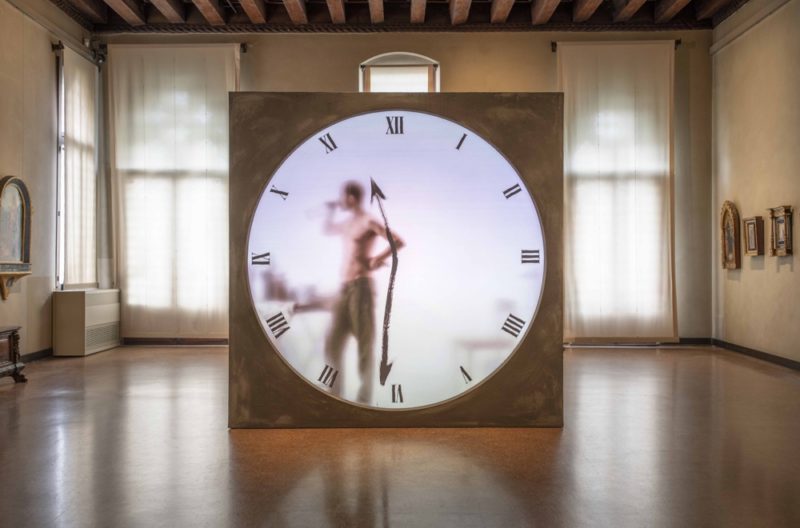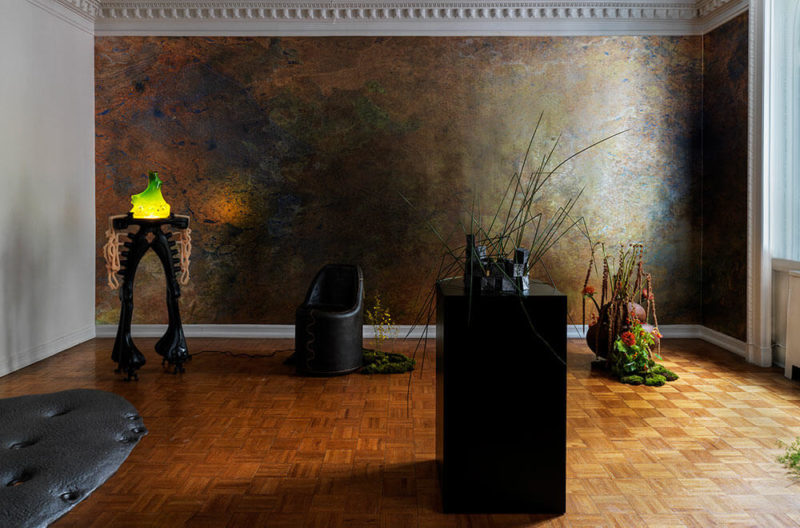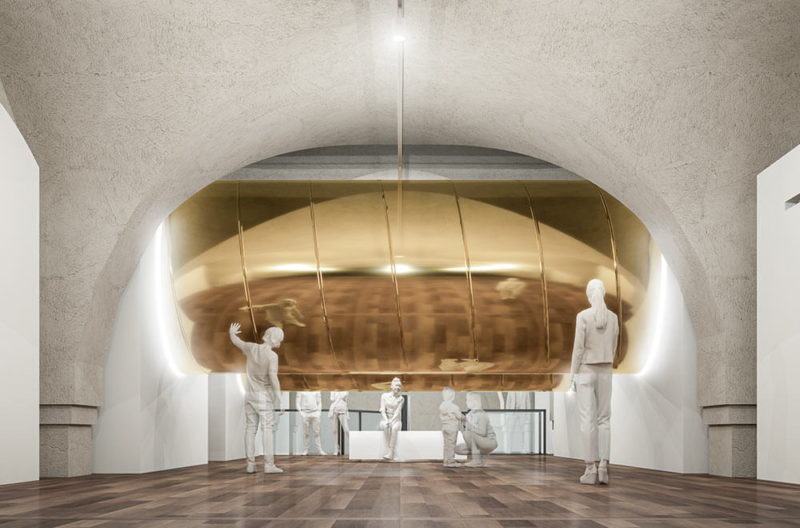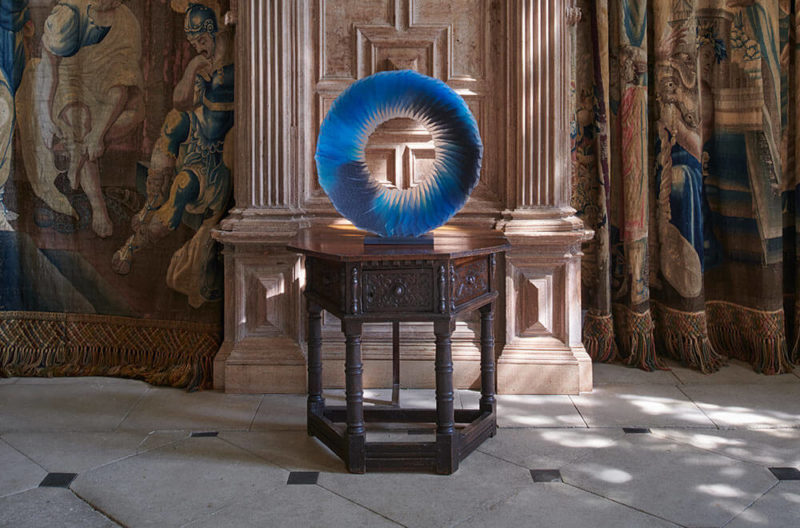Maarten Baas: New Times
A gathering of unorthodox clocks, designed impishly to play with our minds and challenge our approach to time.
Die Neue Sammlung, Munich
10th June – 3rd October 2021
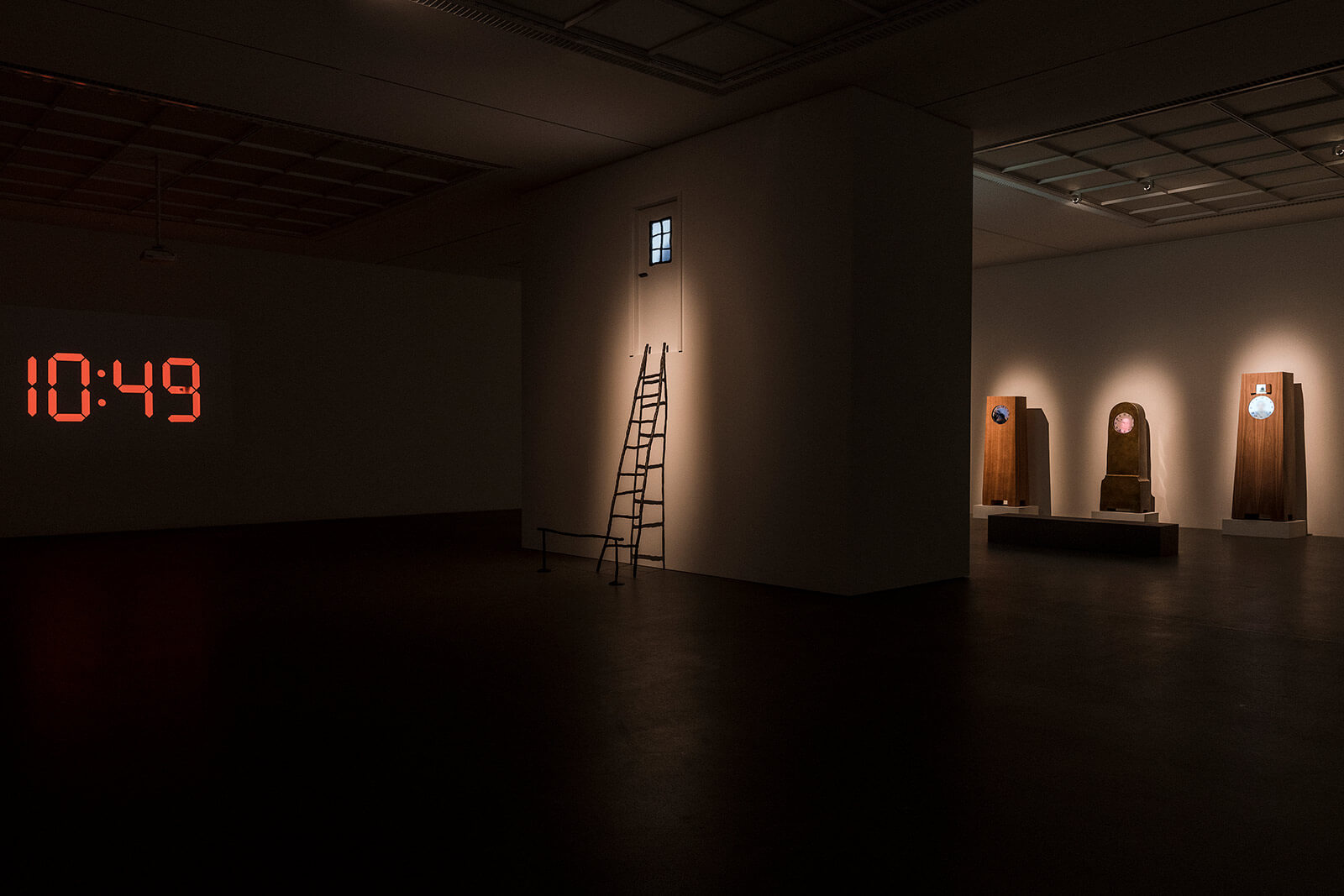
Exhibition view, ‘New Times’, 2021
COURTESY: Maarten Baas / PHOTOGRAPH: Hannes Rohrer
DUTCH DESIGNER MAARTEN Baas is exhibiting 11 works from his ever-expanding, idiosyncratic ‘Real Time’ series of clocks at Die Neue Sammlung, a design museum in Munich. Founded in 1907, its collection boasts 100,000 items, ranging from industrial design to ceramics and glass.
Baas earned a reputation as an enfant terrible in 2002, exhibiting his heretical ‘Smoke’ collection of burnt design classics by the likes of Gerrit Rietveld and Ettore Sottsass at his graduation show at Design Academy Eindhoven. In 2006, Baas established his highly personal design language on launching his ‘Clay’ furniture with its wiggly forms and childlike aesthetic.
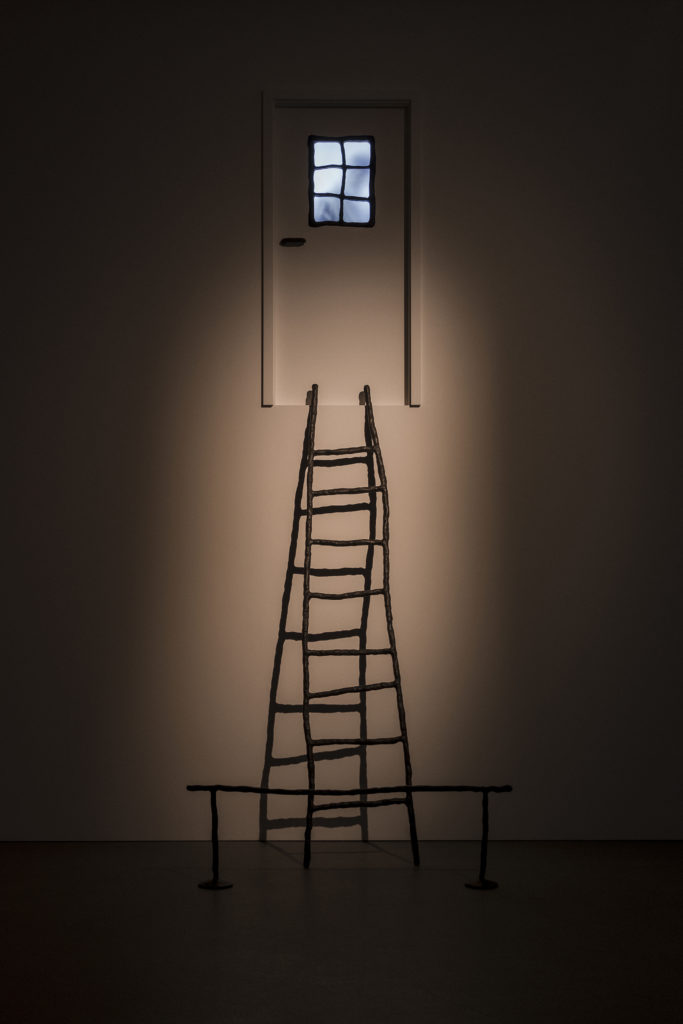
Exhibition view ‘Maarten Baas – New Times’ with Clay objects, 2021
COURTESY: Maarten Baas / PHOTOGRAPH: Hannes Rohrer
The Munich show, entitled ‘New Times’, has as its main focus an eccentric timepiece, ‘Paddington’, which will be installed in London’s Paddington Station this autumn. Seen from the front, it features a large, semi-transparent clock face – behind which a shadowy person can be glimpsed drawing and redrawing the hour and minute hands with a wipe-clean felt-tip pen. But this is pure, playful artifice: the person is not real but was filmed over a 12-hour period. At the back of the installation a ladder with wiggly legs – redolent of Baas’s ‘Clay’ furniture – ascends to a door with a frosted window affording another glimpse of the moving, celluloid character.
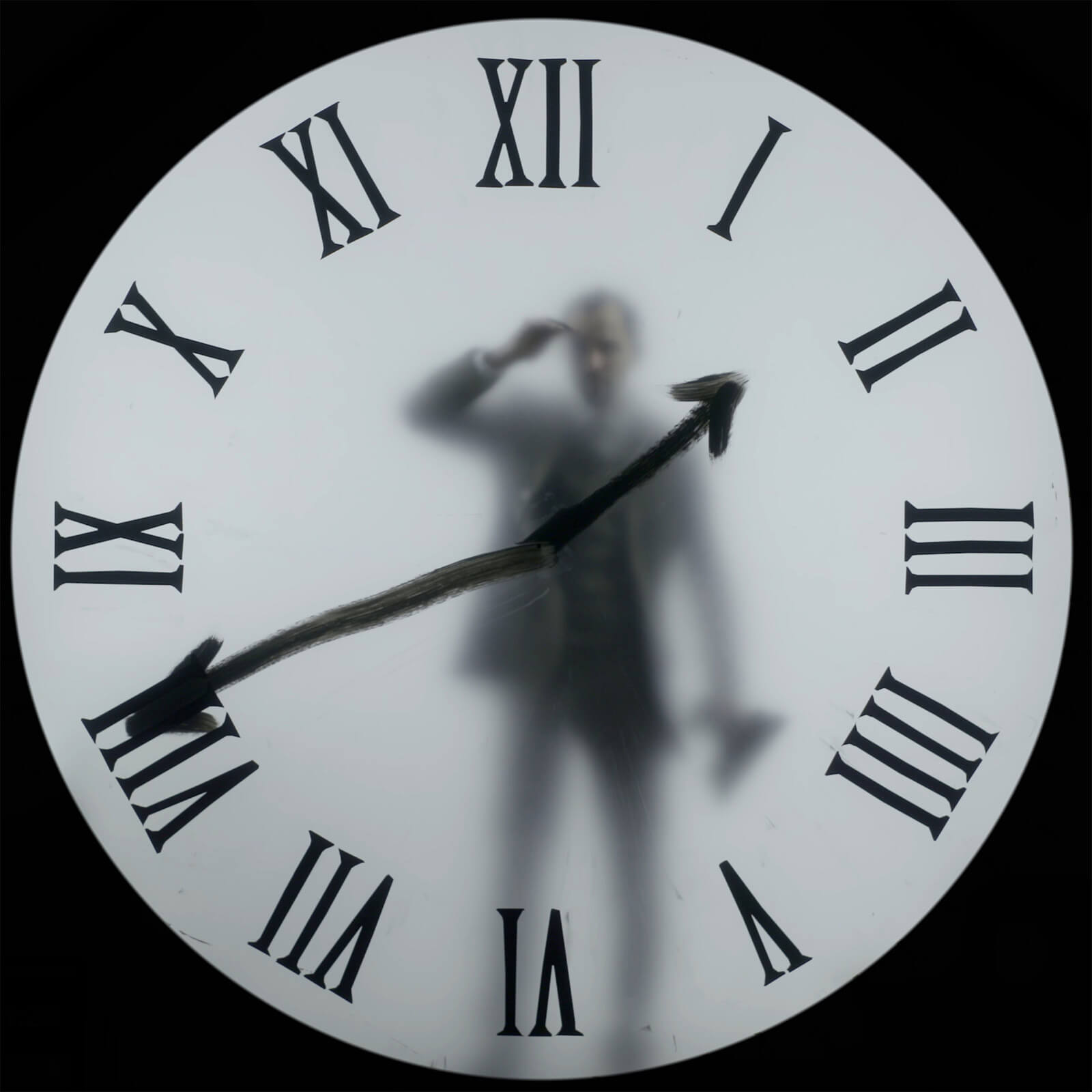
Maarten Baas, ‘Real Time: Paddington Clock’, 2021
COURTESY: Maarten Baas / PHOTOGRAPH: Hannes Rohrer
Ironically, the piece relates to Baas’s interest in presenting his work outside galleries. Another clock by Baas, who instigated his ‘Real Time’ project in 2009 – a fusion of theatre, art, film and design – can be seen at the Departures Hall of Schiphol Airport, Amsterdam. Both clocks, whose hands are visibly drawn and redrawn by hand, look incongruous in stations and airports where precise timekeeping is essential. “With these clocks, Baas wants to free people from the formality of time,” says curator Rosa Carole Rodeck.
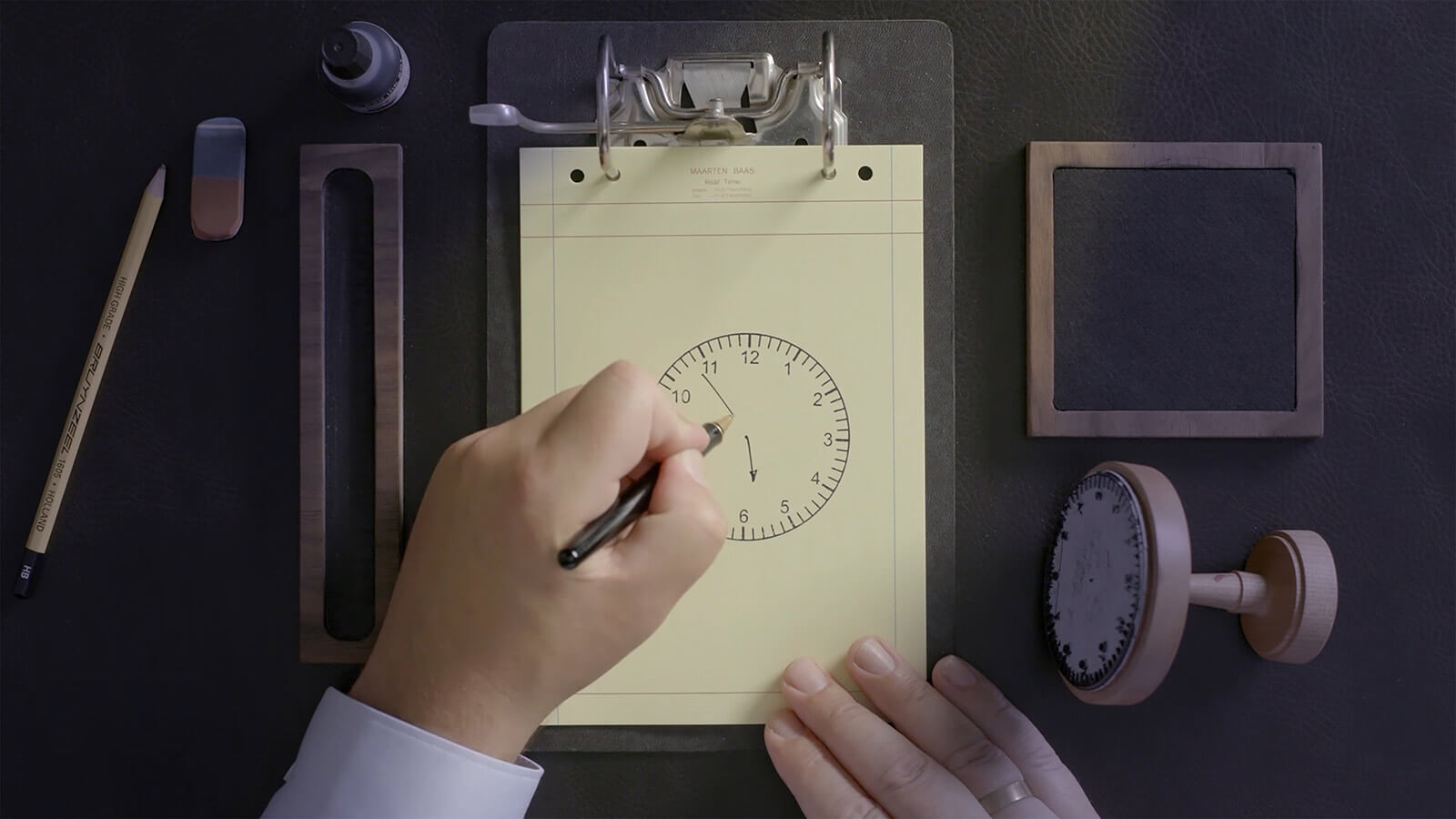
Maarten Baas, ‘Real Time: Stamp Clock’, 2016
COURTESY: Maarten Baas
Also on show is Baas’s inaugural ‘Real Time’ design – the monumental-looking ‘Sweeper’s Clock’, an aerial-shot movie in which road sweepers sweep mounds of dust and debris to form minute and hour hands. The dust representing the minute hand is swept perpetually to ensure it indicates the time accurately, while the hour hand is swept into the correct position at a slower pace. As a timepiece, it’s quite abstract since it doesn’t have numerals. “Two clocks in the show lack numerals,” says Rodeck. “These highlight the subjectivity of time. Baas is interested in how one viewer might perceive a minute as longer – or shorter – than another viewer.”
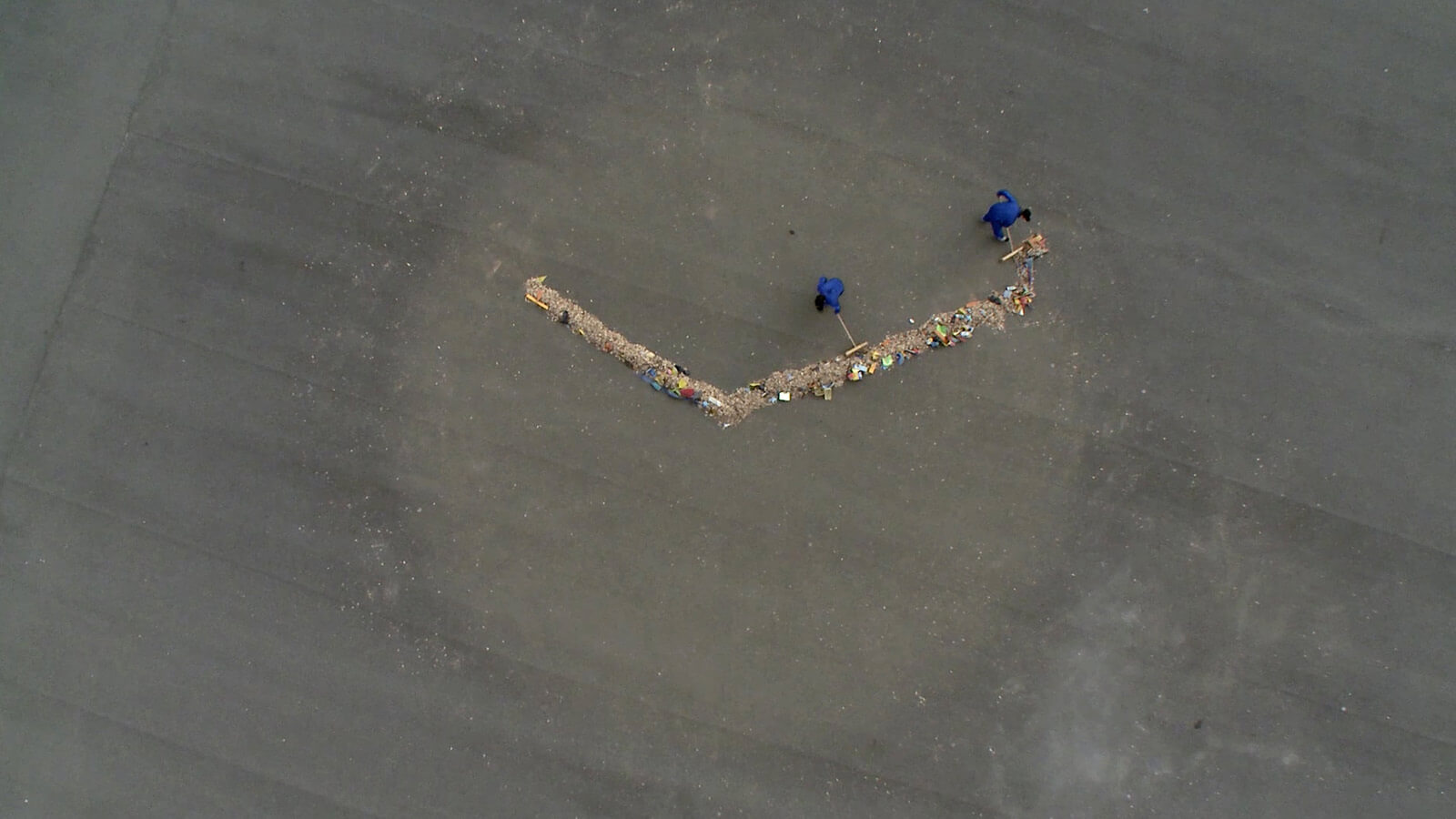
Maarten Baas, ‘Real Time: Sweepers Clock’, 2009
COURTESY: Maarten Baas
Also on show is ‘Analog Digital’, which, as its name suggests, marries the deadly accuracy of a digital clock with potentially erratic human gestures: the red segments of the electronic digits are erased, or repainted manually, to yield numbers indicating different times. In Baas’s clocks, the relaying of time by human figures is cyclical and Sisyphean – it’s doomed to eternal repetition.
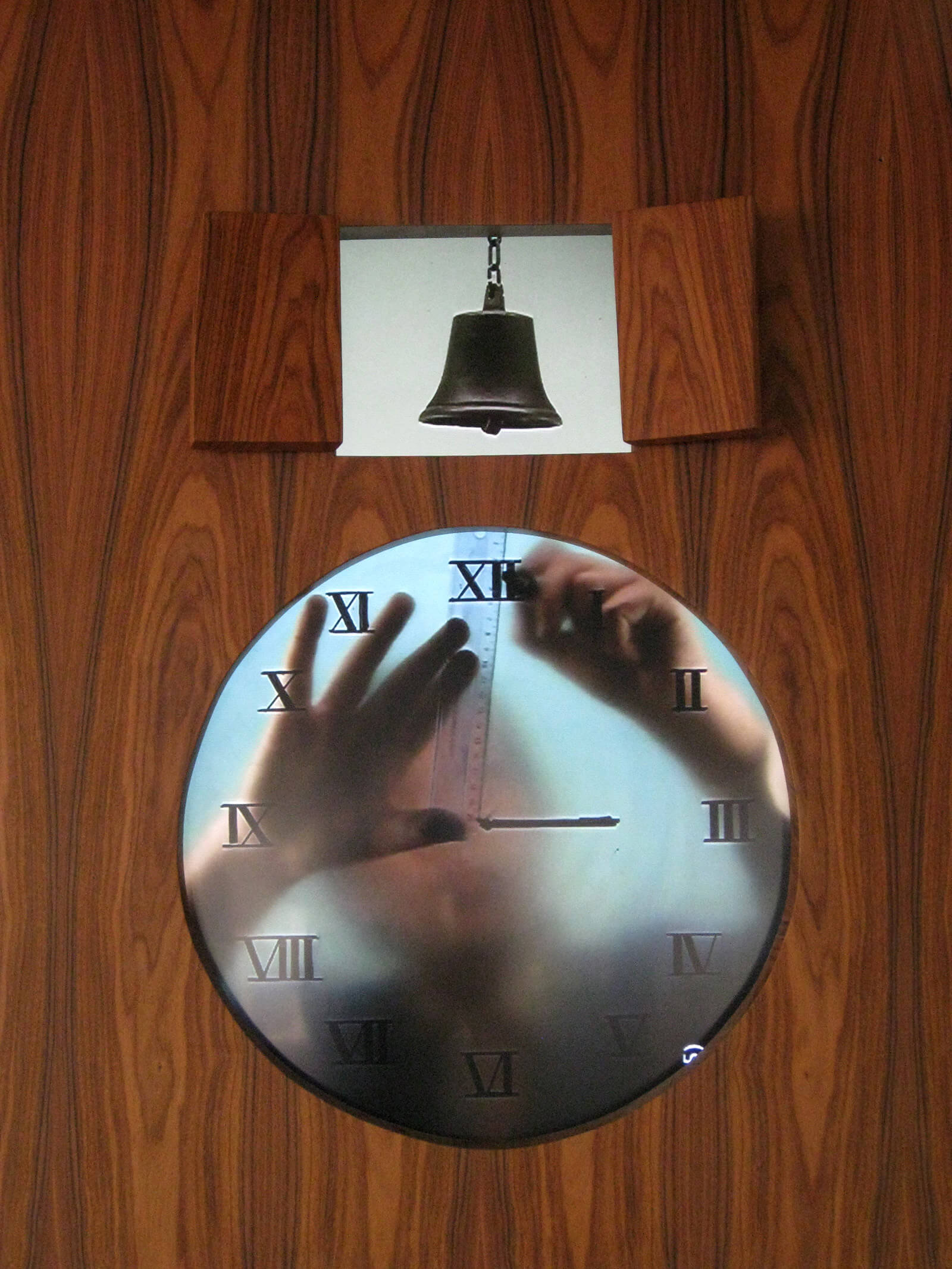
Maarten Baas, ‘Real Time: Veneer with bell’, 2014 (detail)
COURTESY: Maarten Baas
Many clocks take the seemingly conservative form of grandfather clocks. “This is partly pragmatic,” says Rodeck: “Baas wanted to create the deception of human figures standing in clocks, so he had the idea of clocks with human-sized casings.” Sometimes Baas himself is seen manipulating the clocks’ hands in his signature pork-pie hat, in one instance quaffing champagne – a kind of puckish gremlin, albeit one that ensures time advances accurately.
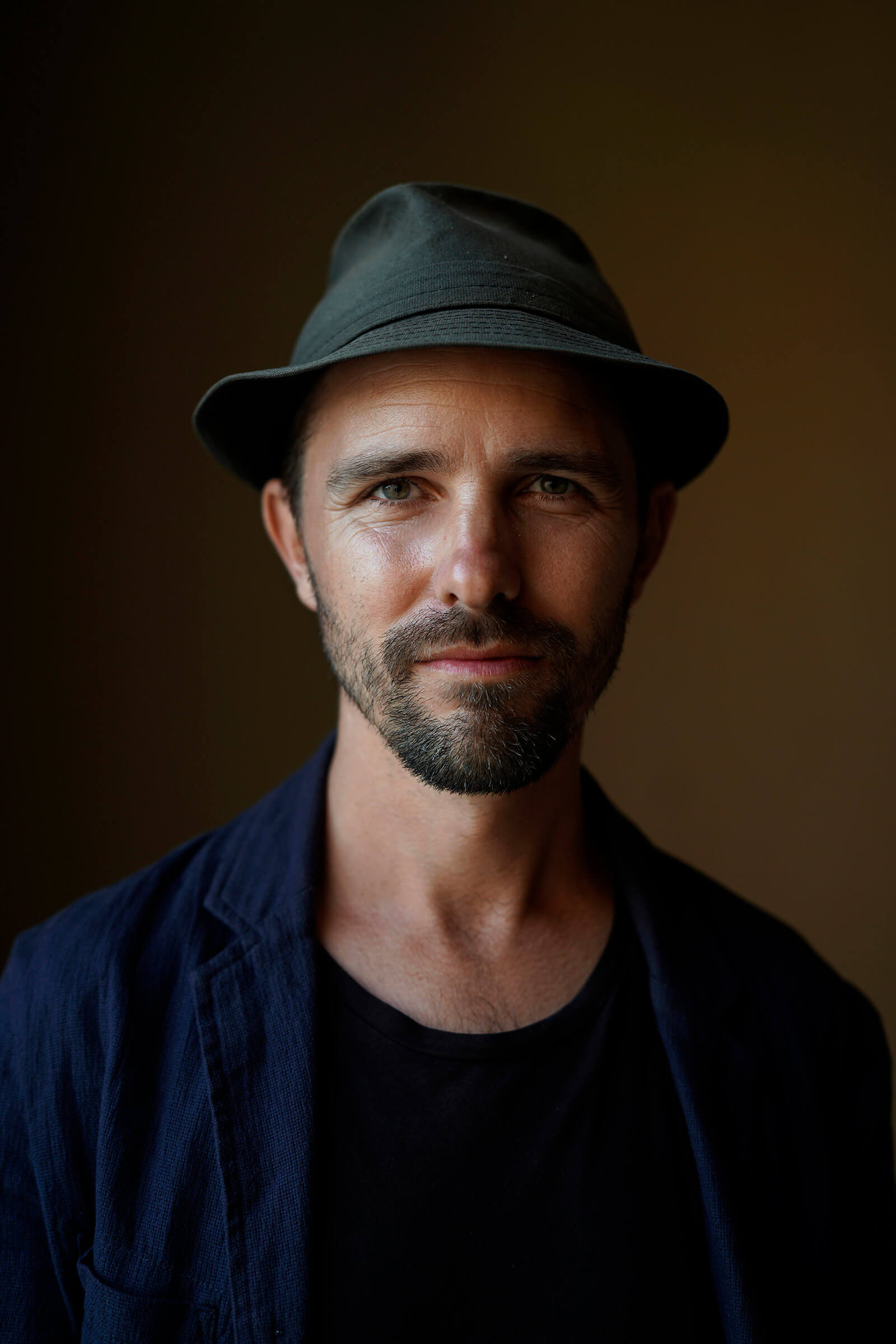
Maarten Baas
COURTESY: Maarten Baas / PHOTOGRAPH: Kenton Thatcher
It’s tempting to see Baas’s meditations on time as intellectual and multi-allusive, perhaps referencing Salvador Dalí’s melting clocks or Harold Lloyd dangling from a skyscraper clock in the silent movie, ‘Safety Last!’ But Baas’s approach is primarily instinctive, he says. Like the philosopher Henri Bergson, he prizes intuition over rationalism. As Baas says in the exhibition catalogue: “In my kingdom, the king is intuition and rational thought the servant … In the final instance, the king decides on the direction to be taken, not the servant.”




